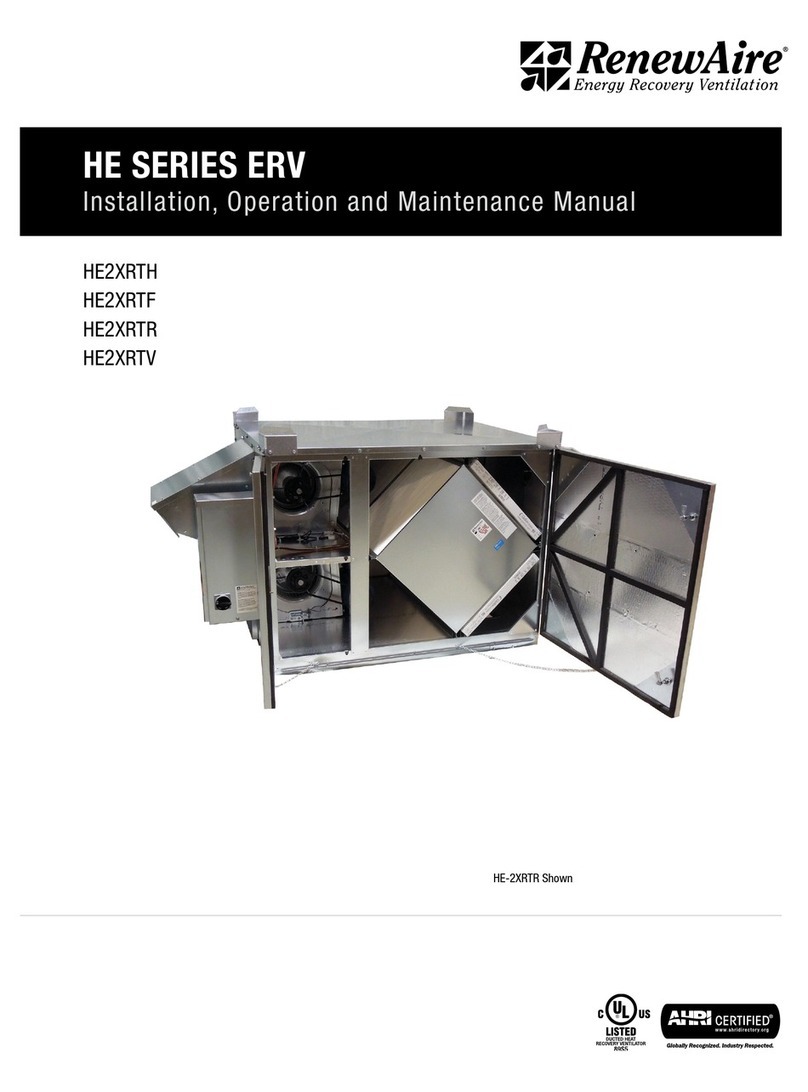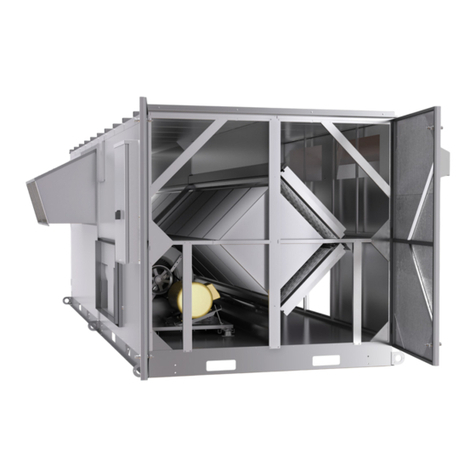RenewAire HE1XRT Instruction manual
Other RenewAire Fan manuals

RenewAire
RenewAire EV450-RT ECM User manual
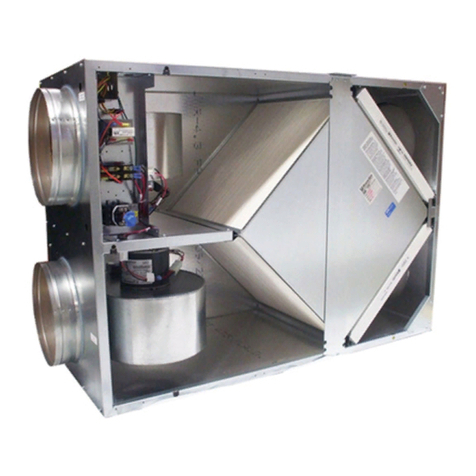
RenewAire
RenewAire HE Series User manual
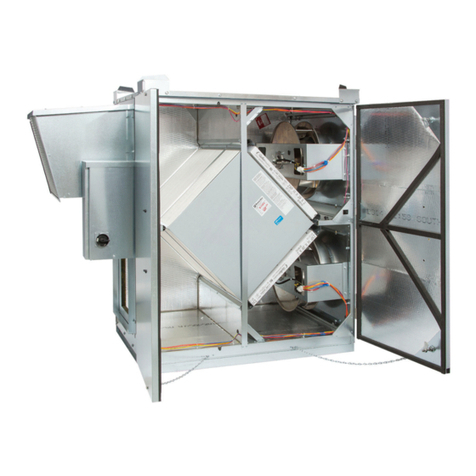
RenewAire
RenewAire HE1.5XRTV Instruction manual
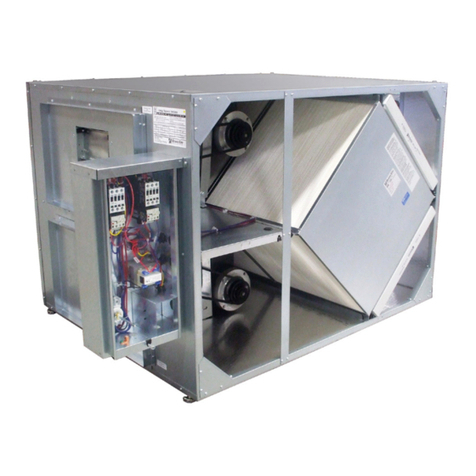
RenewAire
RenewAire HE ERV Series User manual
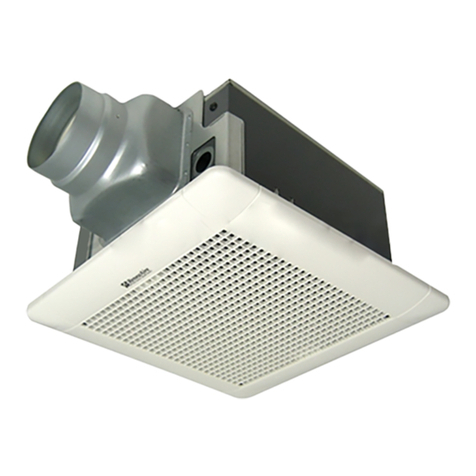
RenewAire
RenewAire V80 Installation and operating instructions
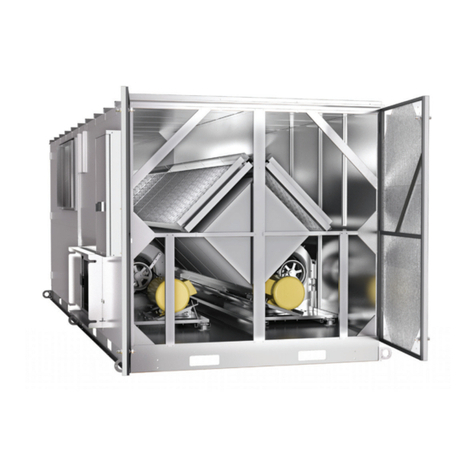
RenewAire
RenewAire LE10XIN Instruction manual
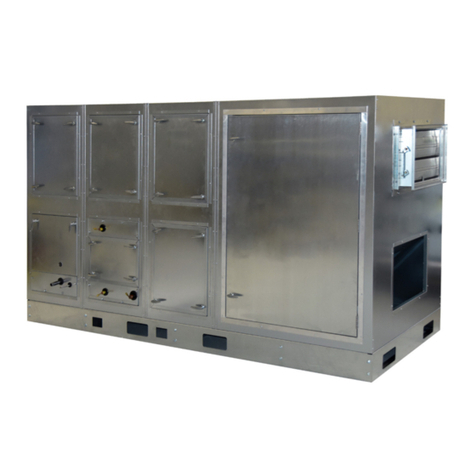
RenewAire
RenewAire DN-Series Instruction manual

RenewAire
RenewAire DN-Series User manual

RenewAire
RenewAire RTC Series Instruction manual
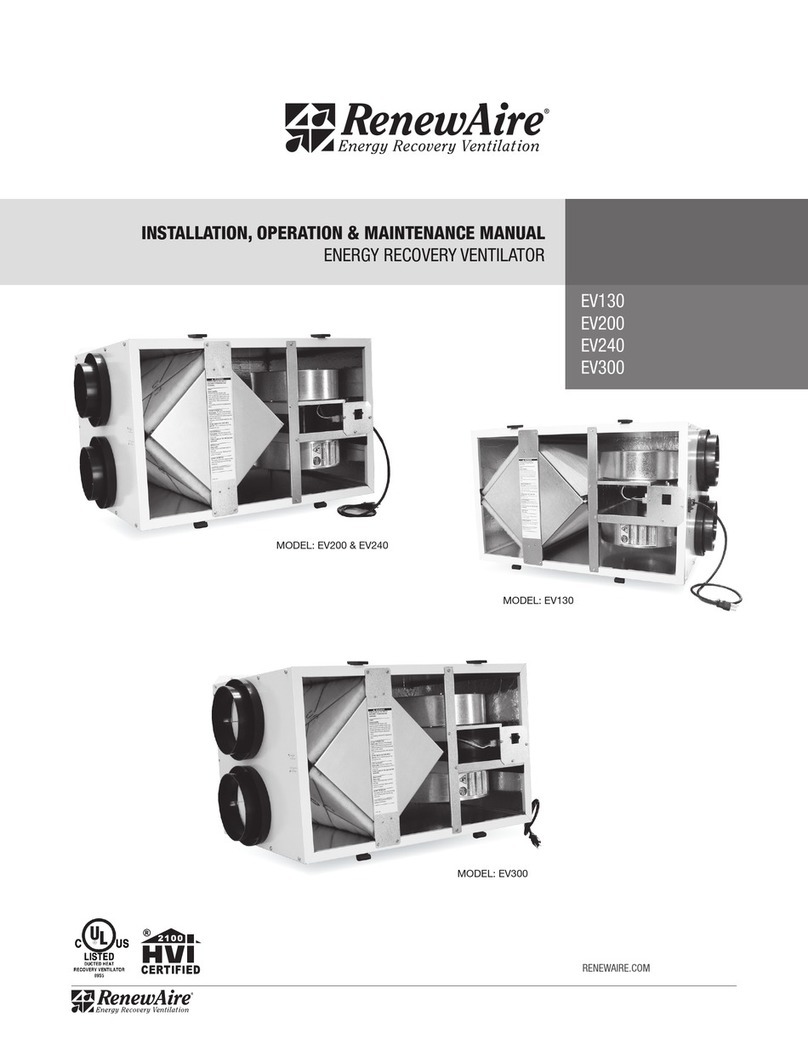
RenewAire
RenewAire EV130 SERIES Instruction manual

RenewAire
RenewAire DOAS DN Series User guide

RenewAire
RenewAire HE Series User manual
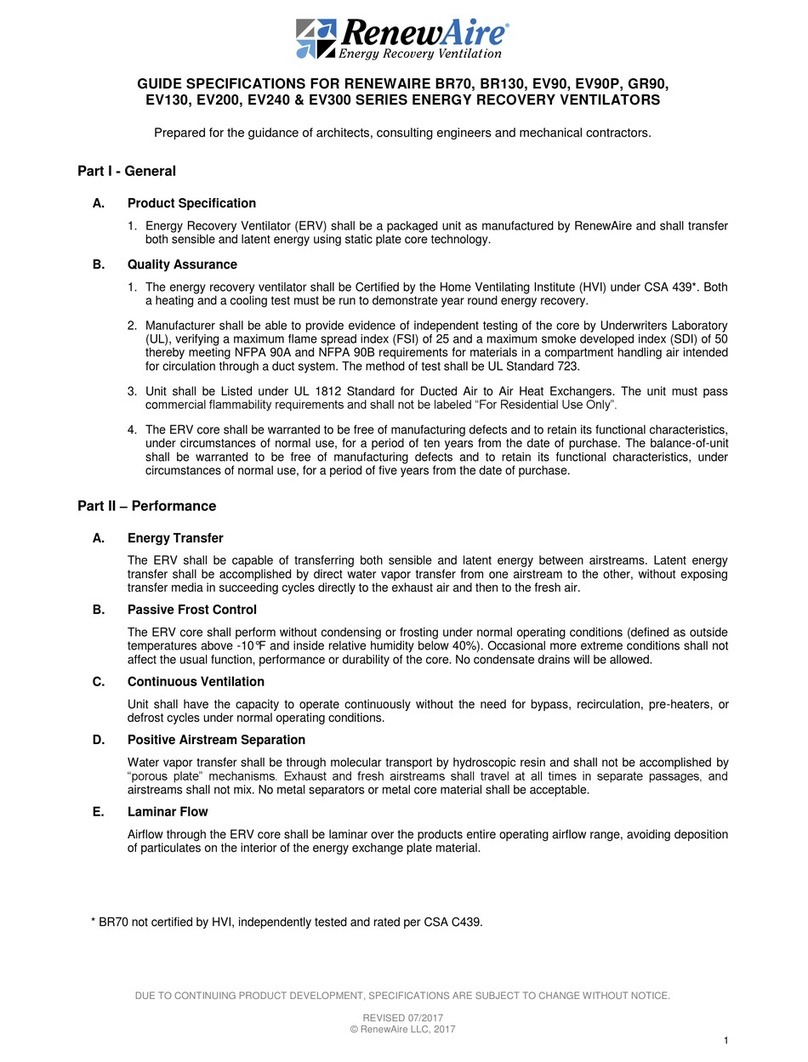
RenewAire
RenewAire BR70 SERIES User manual
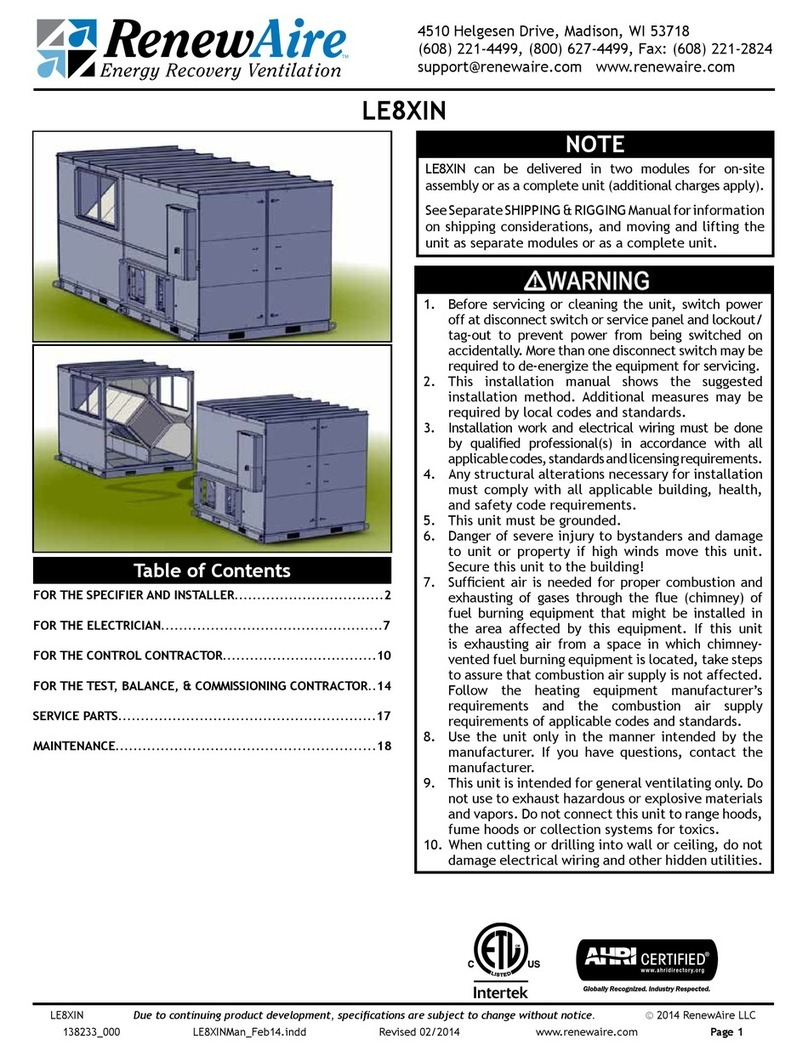
RenewAire
RenewAire LE8XIN Series User manual

RenewAire
RenewAire LE10XRT User manual
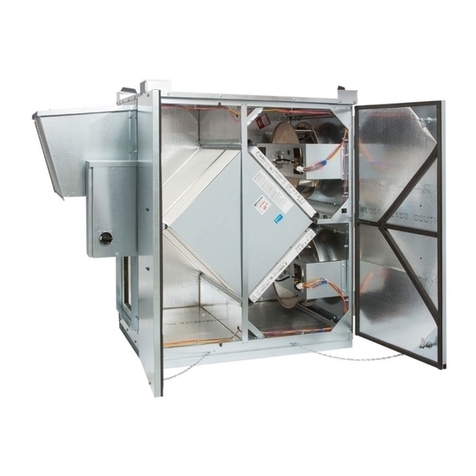
RenewAire
RenewAire EV450 Owner's manual
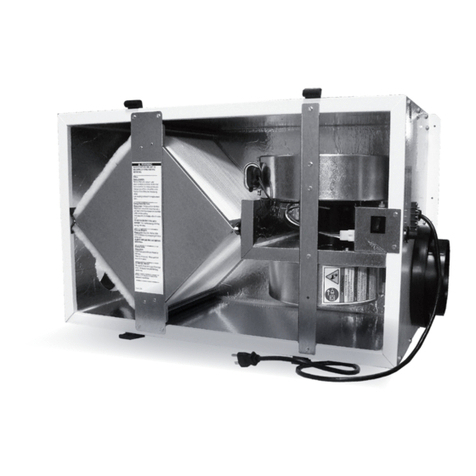
RenewAire
RenewAire BR70 SERIES Instruction manual
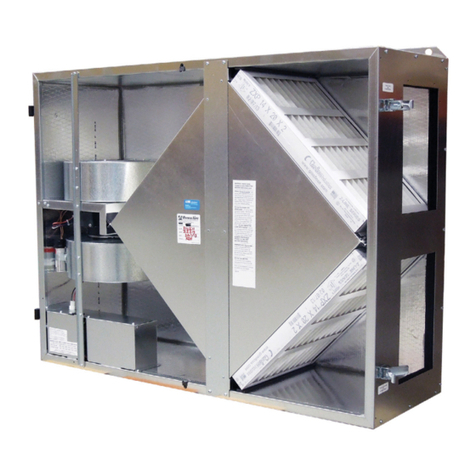
RenewAire
RenewAire EV Series User manual
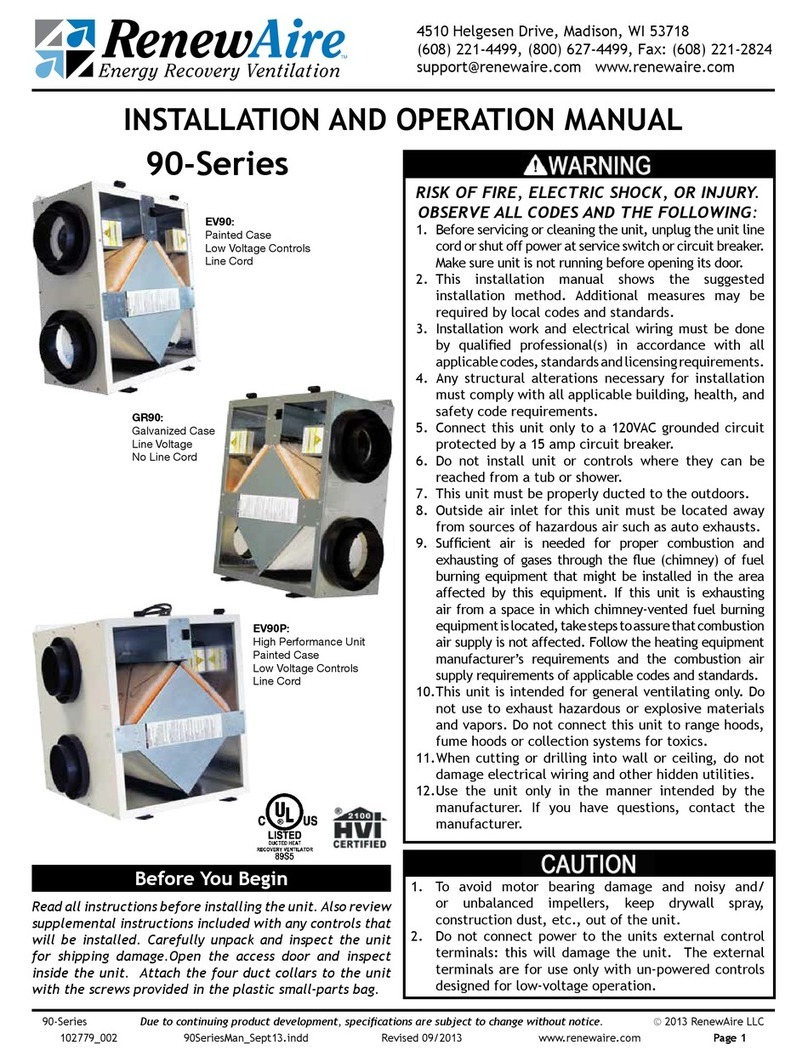
RenewAire
RenewAire EV90 SERIES User manual
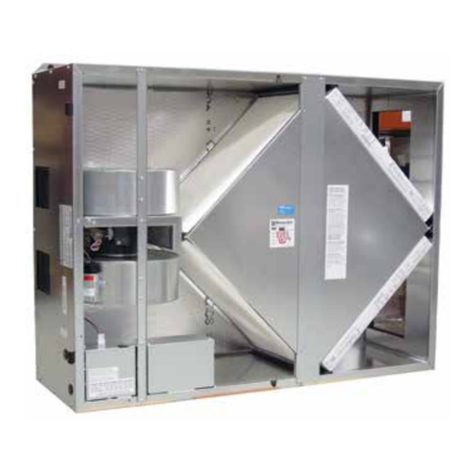
RenewAire
RenewAire EV450IN User manual
Popular Fan manuals by other brands

Harbor Breeze
Harbor Breeze RLG52NWZ5L manual

Allen + Roth
Allen + Roth L1405 instruction manual

ViM
ViM KUBAIR F400 ECOWATT Technical manual

HIDRIA
HIDRIA R10R-56LPS-ES50B-04C10 user guide

BLAUBERG Ventilatoren
BLAUBERG Ventilatoren CENTRO-M 100 L user manual

Triangle Engineering
Triangle Engineering HEAT BUSTER SPL Series owner's manual

